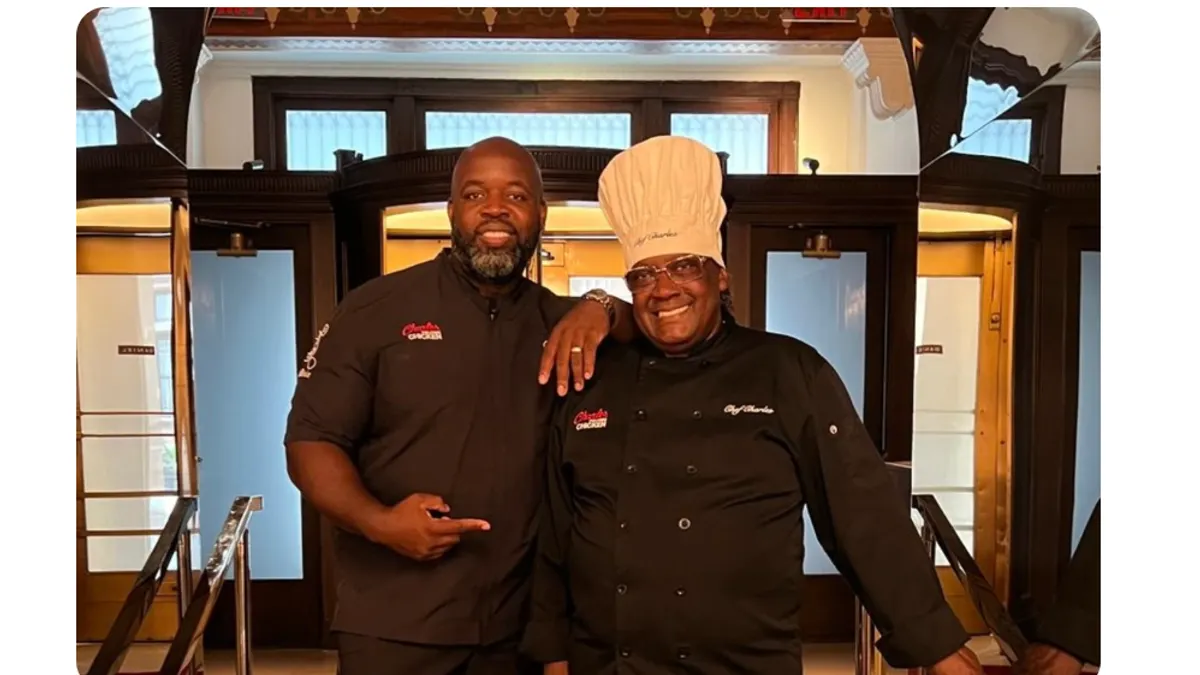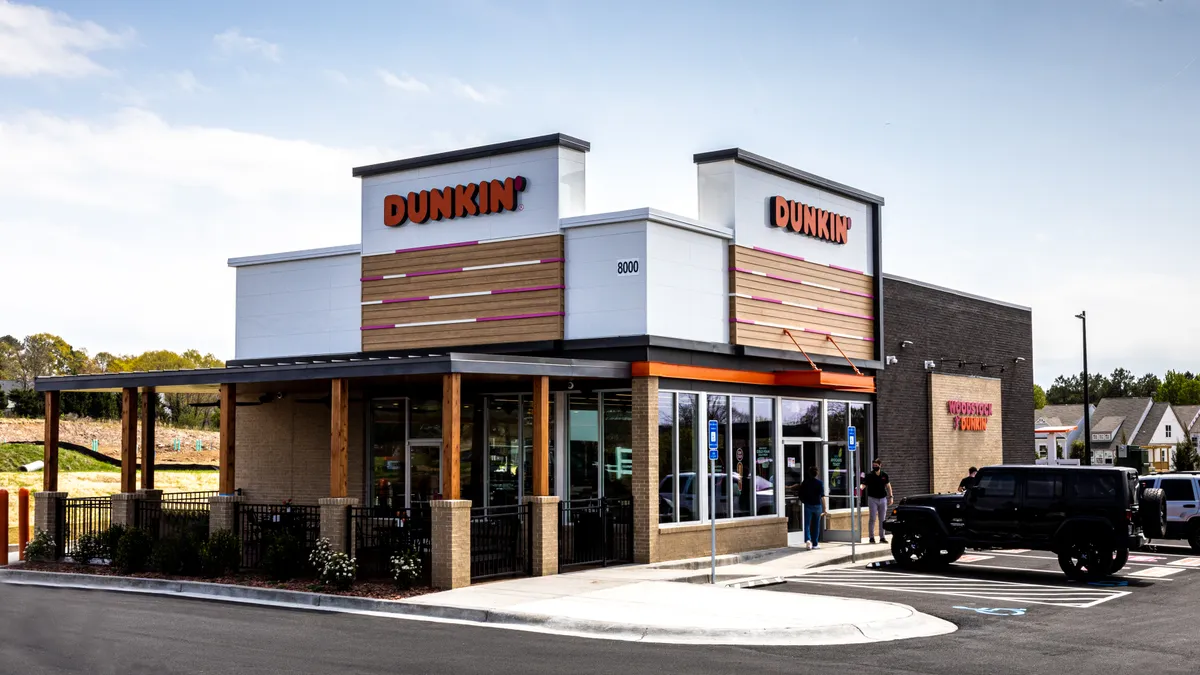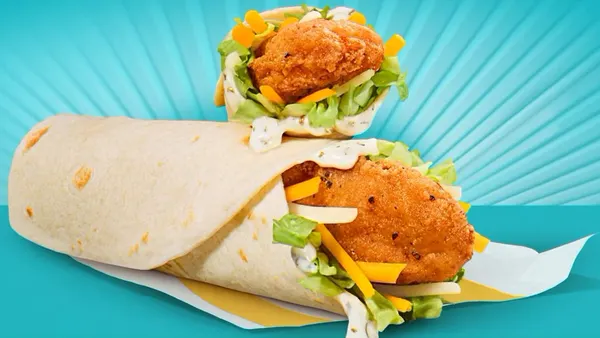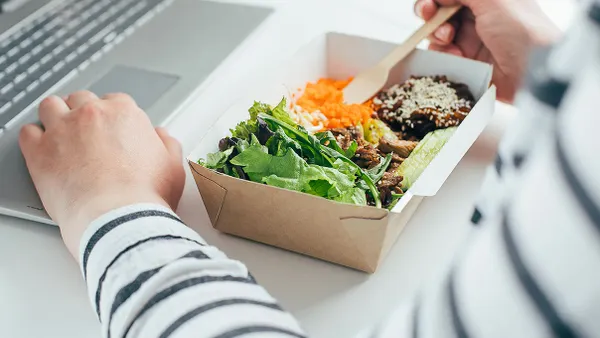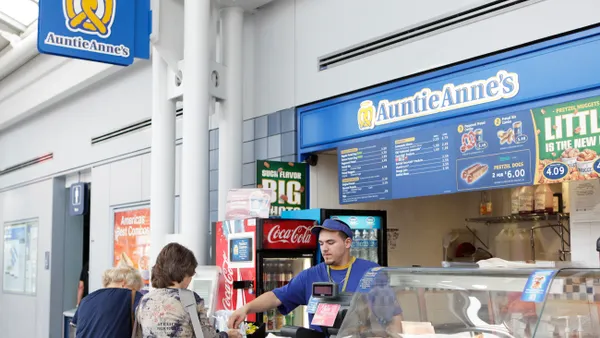Chef Charles Gabriel is a legend. He’s a two-time James Beard Award nominee, and the man the New Yorker calls the “fried-chicken king.” He’s also the person who set me on my life’s path.
When I was a kid growing up in Harlem, my mom would take me to his soul food spot, Copeland’s, whenever she had a little money saved. I’d rush to the counter to stare at the oxtails. Then the kitchen door would swing open and I’d see a Black man (Chef Charles) in a chef’s hat. I’d think, “Man, I want to do that.”
He’s the reason I went to culinary school, became a chef, and got into restaurant management.
Fast-forward to 2020. I was watching the news and, boom, there’s Chef Charles. He had closed his restaurant because of COVID but was still cooking, serving 300 meals a day to the homeless at a church commissary. I said to myself, “I’m going down there to help.” He had no idea who I was, but I wanted to work next to the man who had inspired me. I cooked with Chef Charles every day after that.
When he told me he wasn’t going to reopen his restaurant, I told him, “We can’t let that happen.”
Our business partnership started with saving the restaurant. Thirteen months later, we were running four locations and had a booming catering business.
Consistency is everything
If you want to scale your restaurant, you’ve got to get the food right. Every single time.
Our restaurant had a huge advantage: Chef Charles. But he doesn’t use recipes or measurements. He does everything the way his mom taught him.
So our challenge was: How do we get Chef Charles’s magic even when he’s not in the kitchen?
We spent a summer cooking his dishes together. Whenever he’d grab seasoning, I’d catch every grain in a measuring cup. I wrote down everything and tested each recipe until I could get it right over and over again.
That’s the kind of focus you need. Scaling works only if every customer gets the highest-quality meal each visit.
Build your utility belt: your systems
Once you gather momentum, so much of scaling occurs behind the scenes.
When Chef Charles and I started working together, he did everything himself — the cooking, the shopping, even managing the books with a pencil and paper. No website. No digital tools. We counted inventory by hand.
I just knew we couldn’t grow that way. I had worked with pretty much every operational tool out there and saw what worked. I knew we didn’t want 10 tools that couldn’t talk to one another. To me, a restaurant’s systems are like Batman’s utility belt: you should have every tool in one easy-to-reach spot.
With Square, we manage every location, every sale, every employee, every item coming in. It lets us break out each part of our business — online, walk-in, catering — individually.
The right tools keep us organized, make employee training easier, and let us focus on serving great food and growing the business.
Jump on opportunities
A good business plan is a must, but you also need to grab unexpected opportunities.
We expanded Charles Pan-Fried Chicken so fast partly because, after COVID, we found great deals on rent in prime locations. I had never opened a restaurant before, so I had to figure it all out — permits, red tape, plumbing, electricity, kitchen buildouts, everything.
Don’t let fear of mistakes keep you from seizing opportunities. Learn to address problems quickly.
Never lose sight of what defines your business
For us, beyond serving great food, contributing to the community is what defines us.
Chef Charles has been serving the Harlem community for 60 years. When he arrived at age 17, he saw Black folks holding their heads high. These were his people. Chef Charles became known for giving food to anyone who needed it. To this day, we have grandmothers come in and say, “This man fed us when we had no money.”
As we’ve expanded, we bring that spirit of connection to each location.
Your priorities will drive your growth
Scaling a restaurant is never easy, especially if you want to grow fast. You need great food, effective systems, the courage to make bold moves, and a deep understanding of your “why.”
You’ll make mistakes, but as long as you keep those priorities, you’ll know you’re on the right path.

